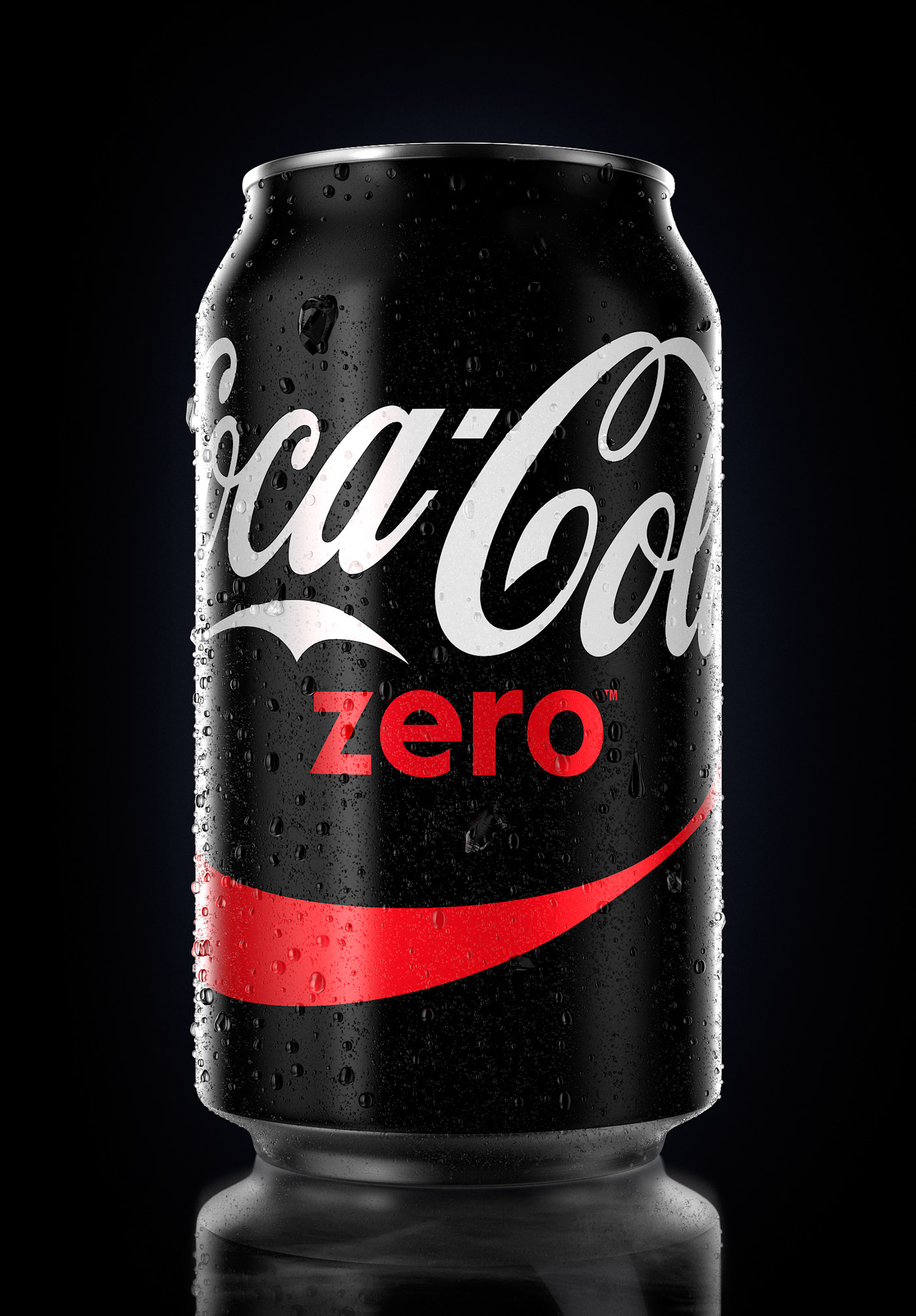Everything has to start somewhere and for us, it’s with the Zeroing process
We talk a lot about the Shot Process, question, what is your Shot Process ?
Beyond my precision rifle classes, I am lucky enough to sit on others, the Riflekraft, CR2, etc, I‘m endless observer and like to solve problems when needed, identify an issue and I want to fix it.
Zeroes, zeroes have me on edge. I mean it’s easy enough, but is it. Problems in our shooting can start and stop with a bad zero or misunderstood one. Misunderstood is the right word too, We often see people the scope is set to 4.2 and you ask them, What is that, and they reply, my zero… why is it there, well I figured, A, B, C, which none of them are relevant. Why is the zero so misunderstood ?
How can I address it, cause i want to address it. It‘s a process not an event so it needs to follow the correct format for the process.
Chris had a shooter out last week and several times it was, “If you refine your zero that will fix that”. Okay let’s talk refinement here, i want to hear from you guys so I can clean this up
What are some of the techniques you use to zero ?
How would you refine your zero ?
Do you have a zero shift from position and do you consider putting that into your zero ?
I have a plan to solve this but i need more input, what confuses people, what is a first hand, no shit it happened me, are you fucking kidding me zero story ?
I want to solve this with a process, A, B, C, for max efficiency
We talk a lot about the Shot Process, question, what is your Shot Process ?
Beyond my precision rifle classes, I am lucky enough to sit on others, the Riflekraft, CR2, etc, I‘m endless observer and like to solve problems when needed, identify an issue and I want to fix it.
Zeroes, zeroes have me on edge. I mean it’s easy enough, but is it. Problems in our shooting can start and stop with a bad zero or misunderstood one. Misunderstood is the right word too, We often see people the scope is set to 4.2 and you ask them, What is that, and they reply, my zero… why is it there, well I figured, A, B, C, which none of them are relevant. Why is the zero so misunderstood ?
How can I address it, cause i want to address it. It‘s a process not an event so it needs to follow the correct format for the process.
Chris had a shooter out last week and several times it was, “If you refine your zero that will fix that”. Okay let’s talk refinement here, i want to hear from you guys so I can clean this up
What are some of the techniques you use to zero ?
How would you refine your zero ?
Do you have a zero shift from position and do you consider putting that into your zero ?
I have a plan to solve this but i need more input, what confuses people, what is a first hand, no shit it happened me, are you fucking kidding me zero story ?
I want to solve this with a process, A, B, C, for max efficiency


:quality(70)/cloudfront-us-east-1.images.arcpublishing.com/archetype/6J6RCOXCUJEGNHMF5PP3DQDWNA.jpg)